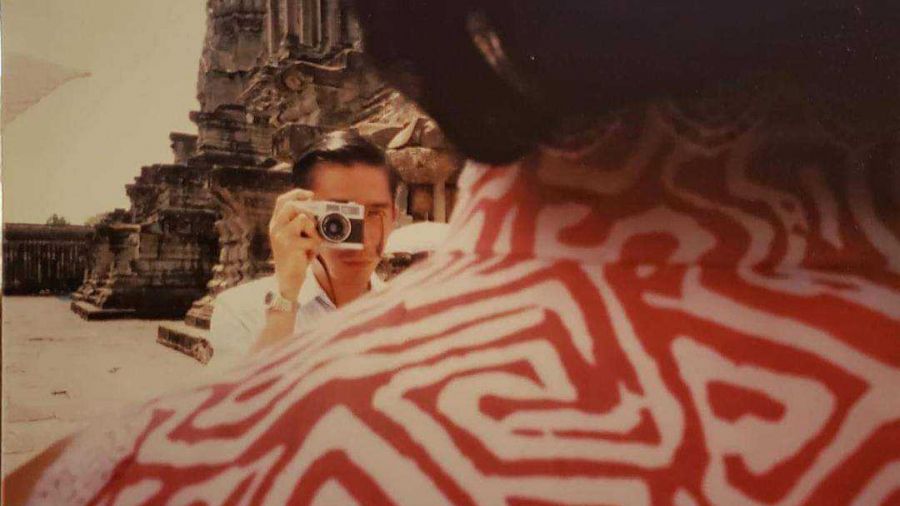
Explanation of the Angkor Wat Scene: The Ending in "In the Mood for Love"
par remi mourany
·
The concluding sequence of In the Mood for Love unfolds within the ancient Angkor Wat temple in Cambodia. Set in 1966, this scene occurs a few years after Chow Mo-wan (Tony Leung) has separated from Su Li-zhen and left Hong Kong. It encapsulates a distinctive perspective on space and time, emblematic of Wong Kar-wai’s cinematic style.
Chow Mo-wan's Purpose and the Whispered Secret
Chow Mo-wan visits Angkor Wat with a specific intent: to find a secluded hole where he can whisper a secret. This secret, which remains inaudible and thus unknown to the audience, is intrinsically linked to themes of memory and forgetting, tied to his past with Su Li-zhen. This scene stands out as one of Wong Kar-wai’s most abstract works.
Expanding the Cinematic Scope
While the majority of the film centers on confined spaces and the claustrophobic relationship between the protagonists, this final scene dramatically expands the spatial scope. The film now presents a solitary figure amidst a vast and grandiose backdrop, juxtaposing two contrasting scales: the minuscule and the monumental.

The Minuscule and the Monumental
The minuscule element is represented by the small hole in the temple wall, to which Chow Mo-wan whispers his secret. He leans in closely, almost as if he is kissing the cavity, symbolically entering it. This act transcends simple sexual symbolism, connecting instead to the concept of time. The hole becomes a metaphorical portal through which memories and burdens are released.
Conversely, the monumental aspect is embodied by the temple itself, captured in its full, majestic splendor. The temple symbolizes an ancient, timeless realm that surpasses human life spans—a metaphysical gateway without religious connotations. Within this vast expanse, the human figure seems insignificant, almost merging with the surrounding space and time. The essence of humanity dissolves into the stone, light, and shadows of the temple, emphasizing the insignificance of the individual against the backdrop of eternal history.
Closure of the Scene
As the music fades, the camera lingers, rotating slowly to depict the timelessness of the temple before fading into black. This transition signifies a final eclipse, merging space and time into an eternal continuum. The film concludes, leaving behind a sense of timelessness that will be revisited in 2046, which explores a futuristic narrative, suggesting that history is an unending cycle of beginnings and endings.









